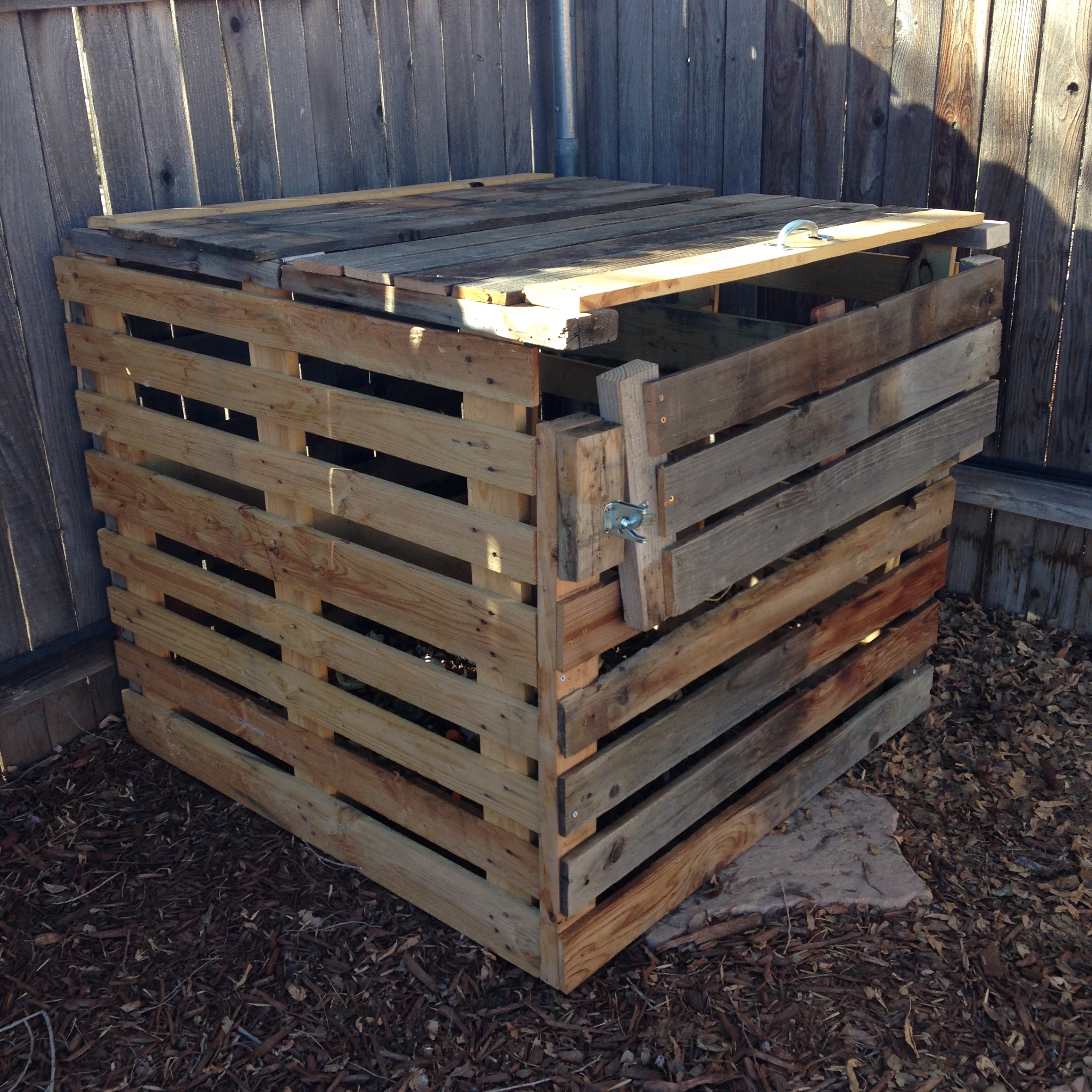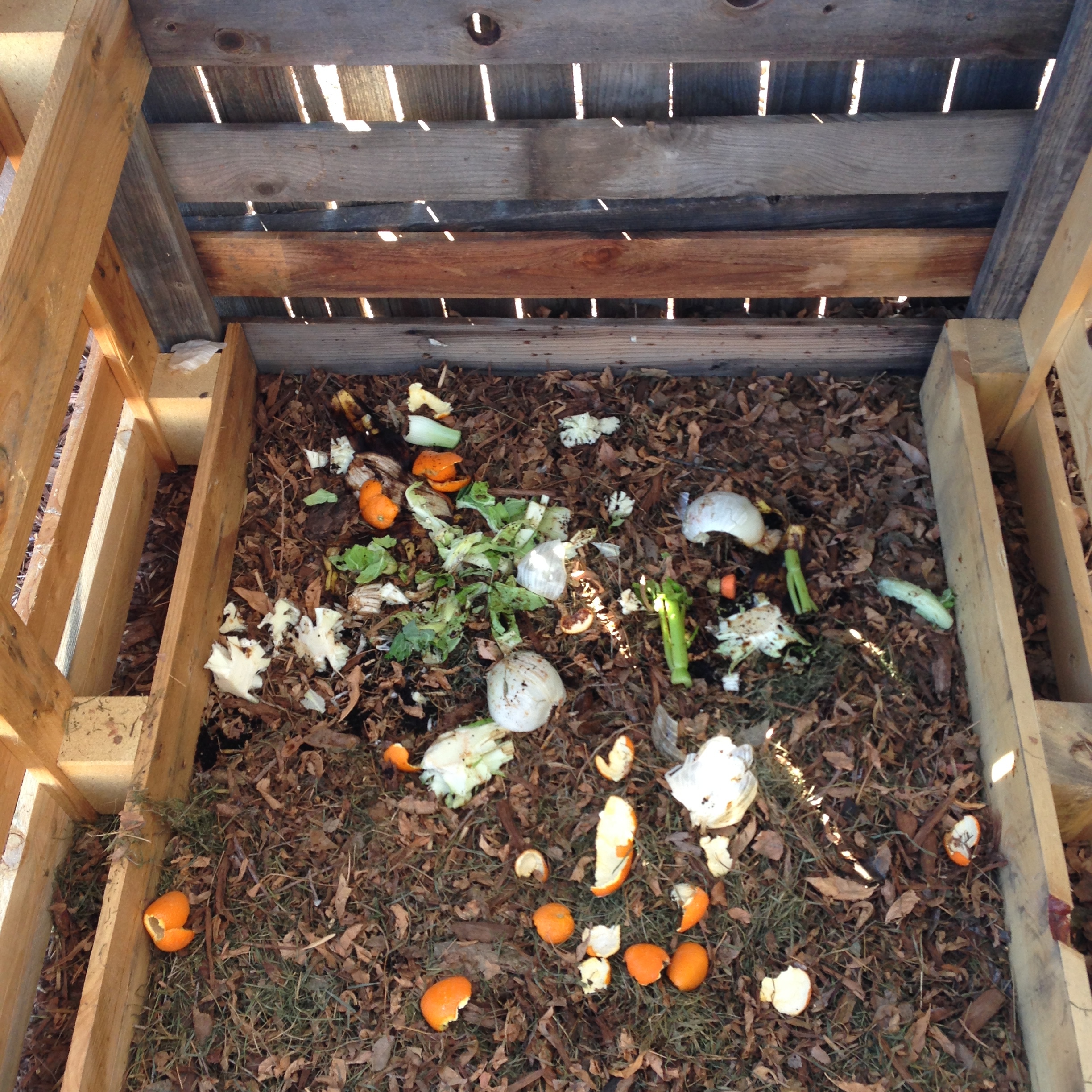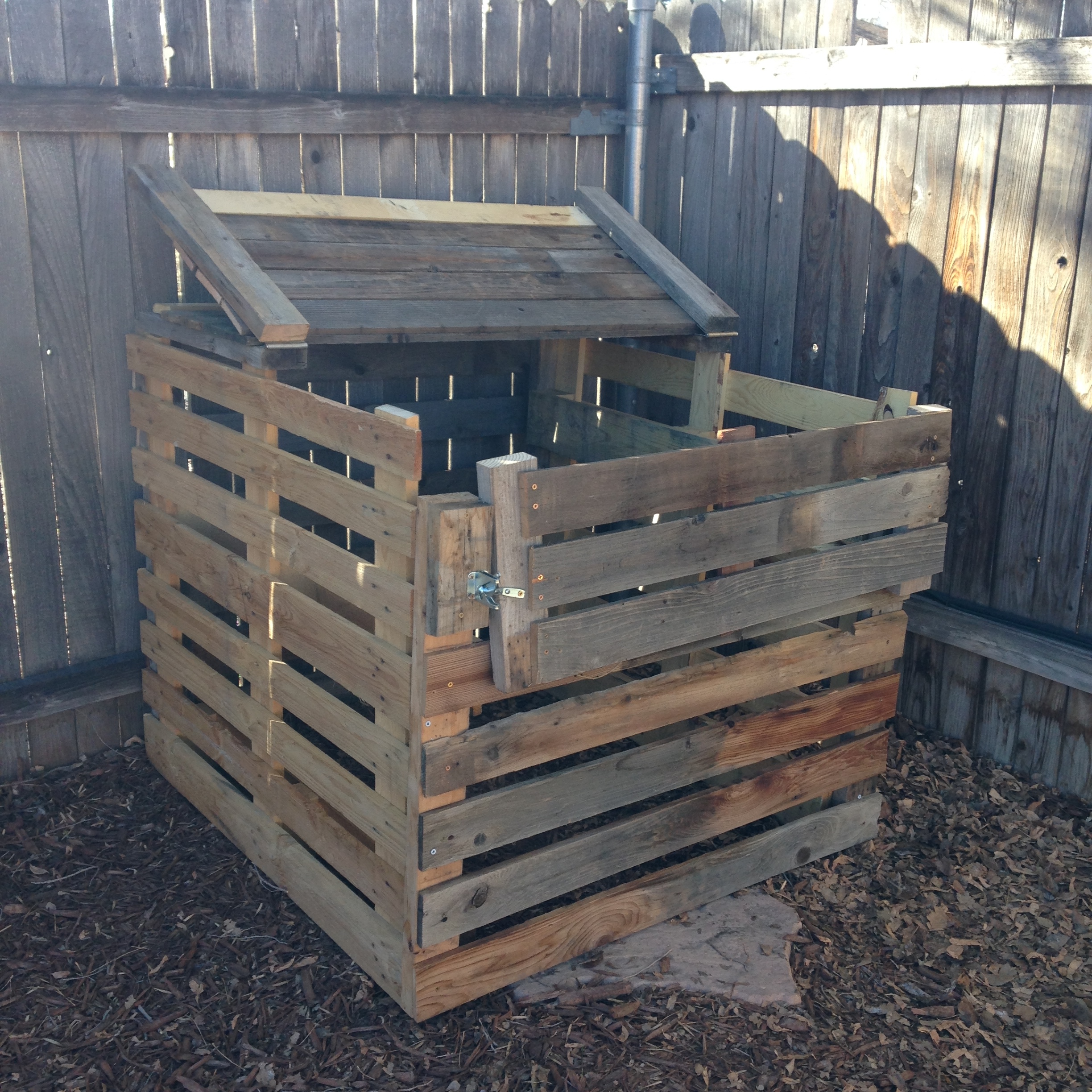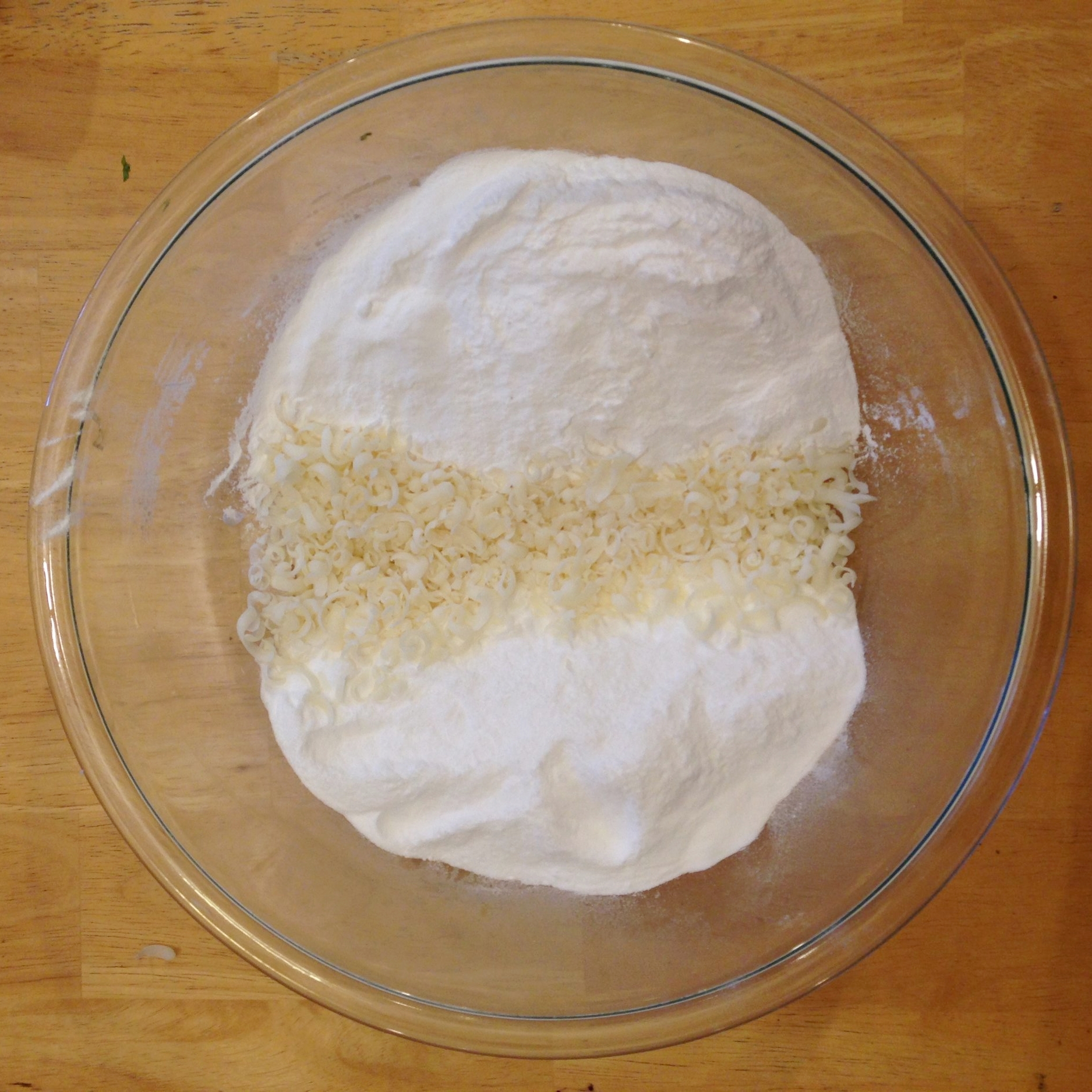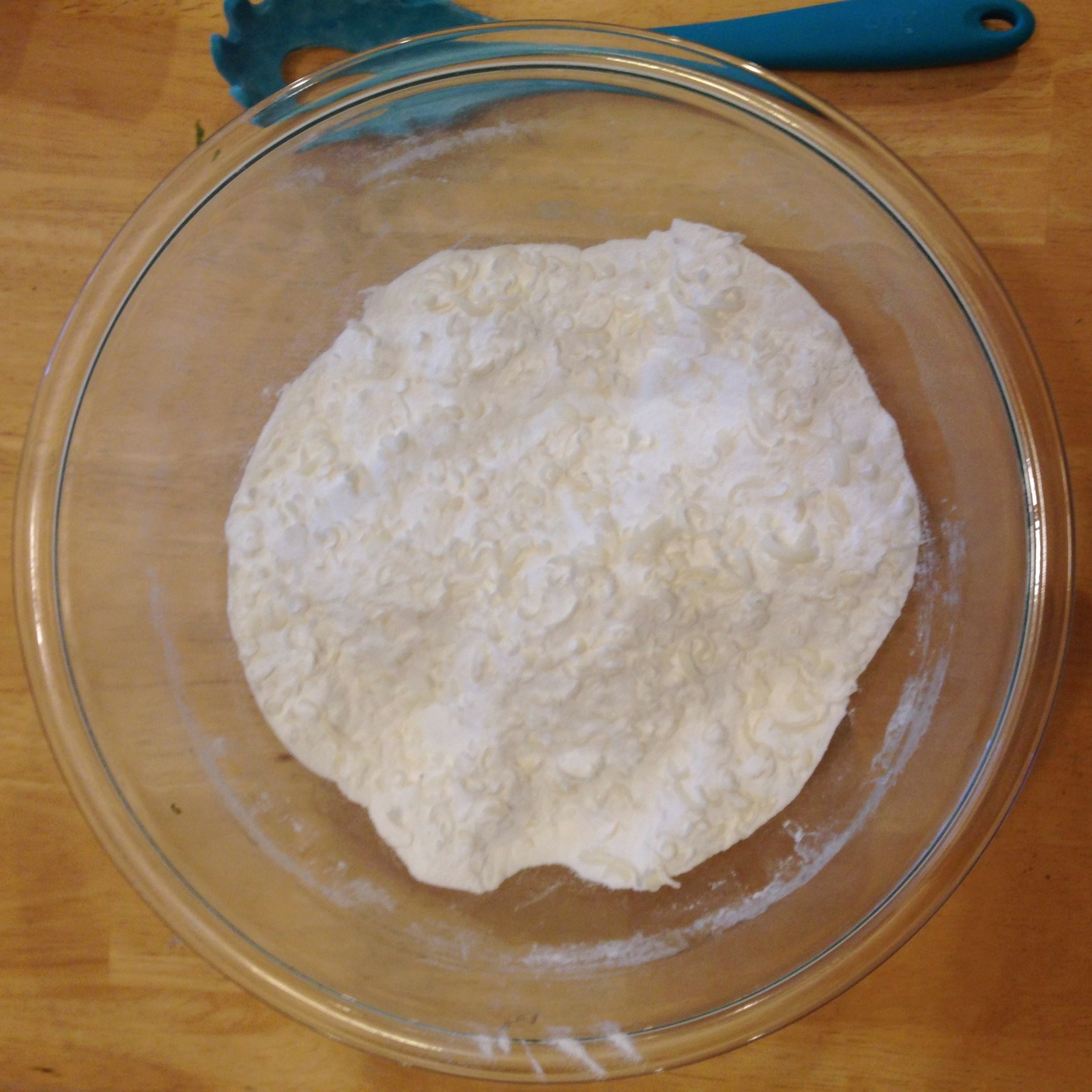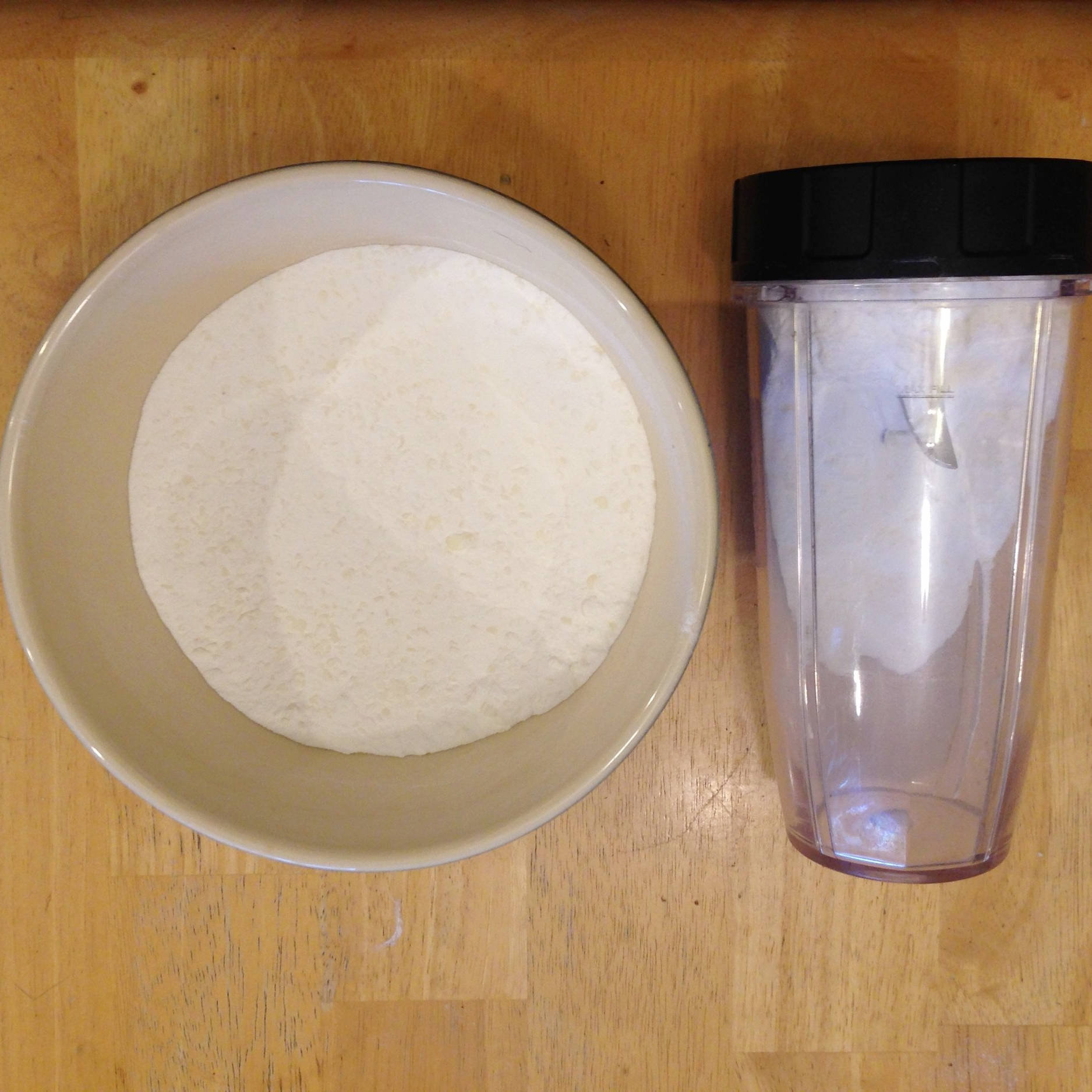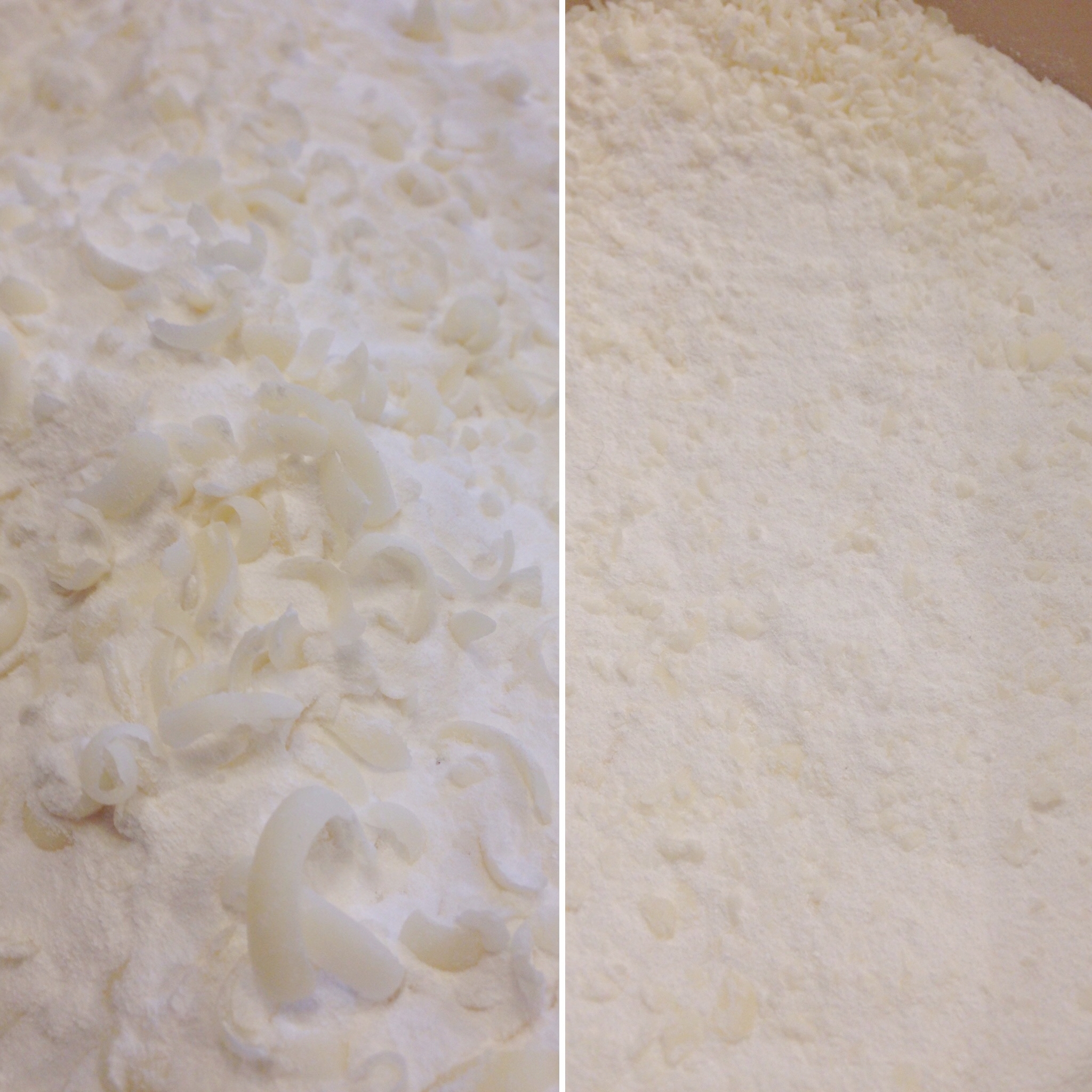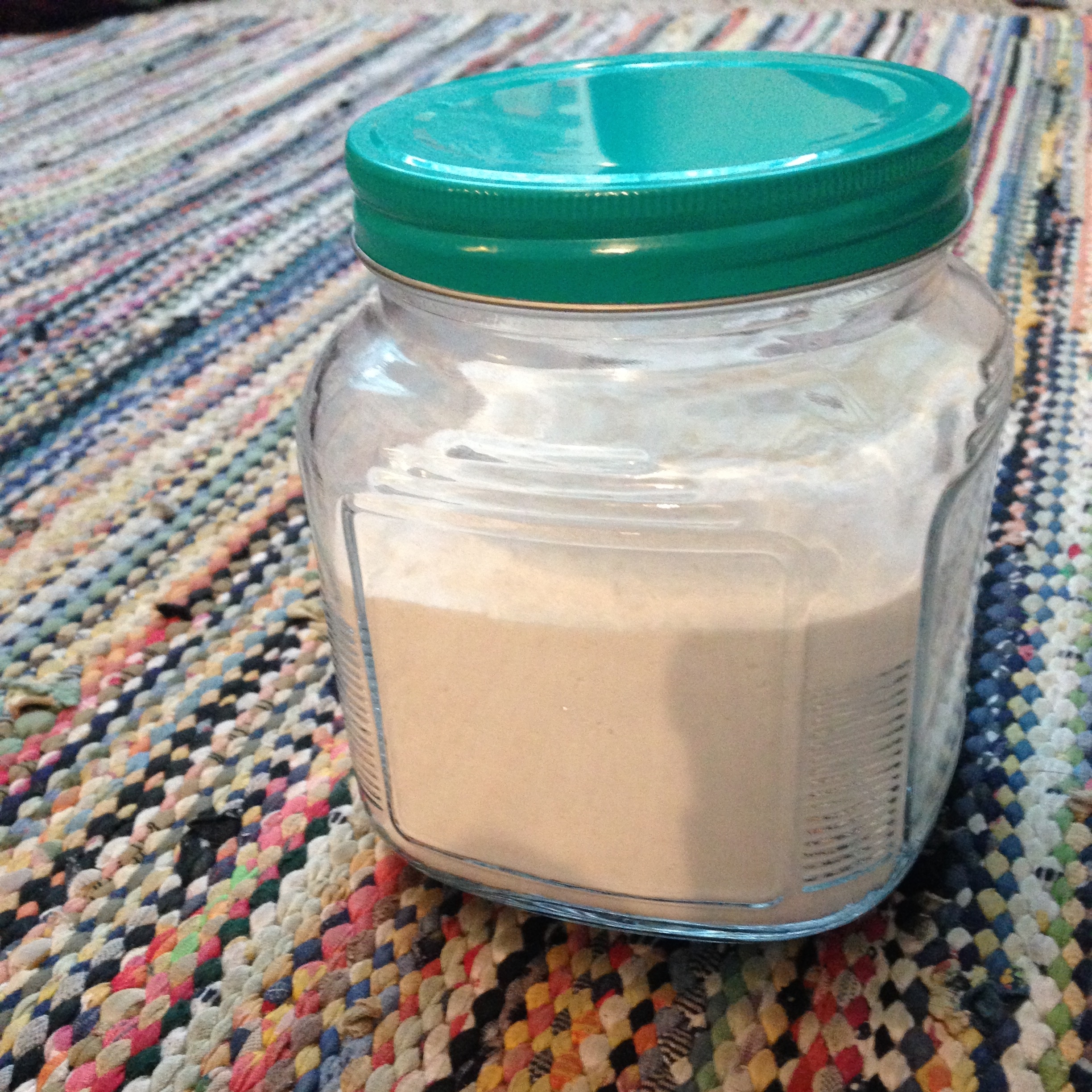I am so extremely excited about this, my friends. I've been wanting to build myself a compost bin for years now! Finally in November I moved into a house where I could feasible have one in the backyard. But with moving and the holidays, etc. I just didn't get it done.
However, on Thursday I spent basically the whole day working on this, and I'm super happy with the way it came out.
Materials
Wood: I was able to use two pallets that my roommate picked up for free from a local brewery, along with a bunch of old fence planks we had from re-doing the fence. This means that all of my wood was free!
If you don't have spare wood handy, you could definitely do this with 4-5 pallets, ideally all the same size.
Hardware
- 2 inch and 4 inch screws
- 3 Hinges
- 1 metal handle
- 1 fence latch
Tools
- Hammer
- Drill with appropriate bits
- Skill saw*
- Miter Saw*
* You could do this project without the saws if you found pallets that were all the same size. Because I was working with many different sizes of wood, the saws were definitely needed!
Execution
I based my design off of This Old House's DIY Compost Bin, and really enjoyed it. Their design was easy to understand, had awesome diagrams, and I could adjust from it pretty simply (I used different measurements).
Instead of having a slid-in-slide-out top segment, I made mine hinged. Either way works totally fine!
1. I started out with two sturdy but different sized pallets.
2. I partially broke down and then resized the pallets so that they were both 36" high. I kept their original width of 46" and left the "inner workings"for some extra stability. This gave me 2 out of 4 sides
3. I made one more 36"x 46" side using two vertical planks (36") and six horizontal ones (46").
4. I brought these three sides to the location where I wanted to assemble/keep the compost bin.
5. Then I attach the three side walls at two corners.
6. Making the front involved making a fixed lower segment and a hinged top segment.
7. For the fixed lower portion I made a 25"x"46" wall just like I made the sides (only shorter), by attaching 5 horizontal planks to two vertical ones.
5. I attached this to the empty front portion of the bin.
6. Then, I measured to determine the dimensions of my hinged segment (14" tall x 41" wide)
7. Made hinged section using three vertical planks and three horizontal.
8. Attached hinge and latch.
9. To make the lid I needed two segments each 23"x46" so I could attach them with a hinge in the middle.
10. I attached these using two hinges, one on each side, and added a handle for easy opening and closing.
And that was it! Once I was done I threw in some dead leaves and lawn clippings we still had in a pile from fall. Then in goes the rest of our stuff! I'll do another post in the future about how to compost correctly.
To be frank this project took me a while as I sort of fumbled my way through re-designing and re-doing several steps. I'd say it took about 5 hours total, but if I had planned and prepped better it could have been about 3 instead.
Cost
Okay, so you're average retail compost bin will cost you between about $50.00-$150.00. A comparable bin to the one I made would be minimally $100.
My materials and cost was:
- Wood: $0.00
- Screws: $10.00 (for 1 lb, I did not use them all)
- Hinges x 3: $8.00
- Handle x 1: $3.50
- Latches x 1: $4.00
Total Cost: $25.50
Alternate Options
If you are interested in building you're own compost bin and have a backyard to do so, these designs are also awesome:
- How to build a compost bin from pallets
- How to build a compost bin from cedar lattices
- Easy, square, wood and wire compost bin
- Simple wood and wire compost bin
If you are interested in composting but do not have the backyard to do so, here are some indoor composting options:
